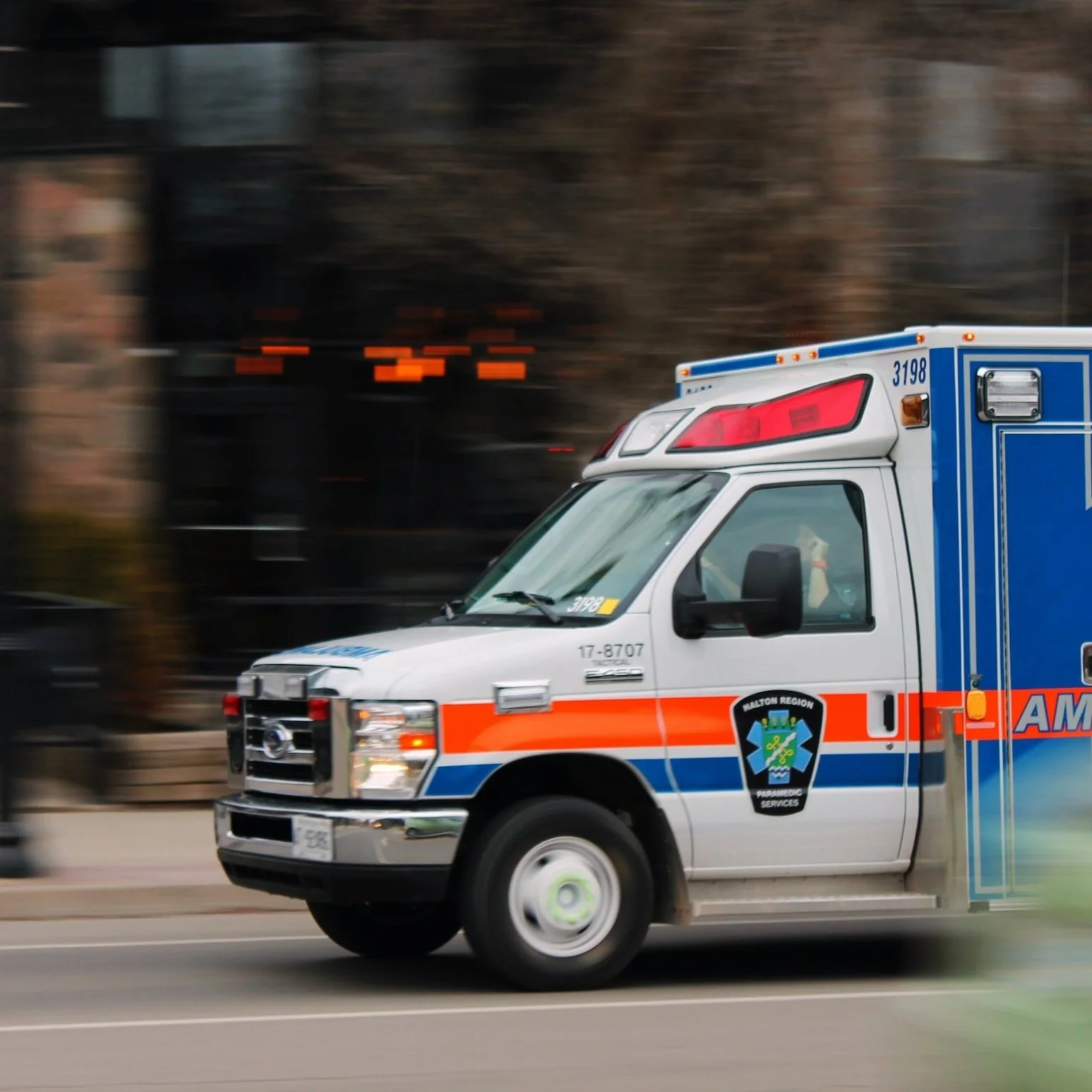Panic Disorder (and Agoraphobia)
First a caveat, Panic Disorder is one of the few where symptoms can be triggered just by reading about them. So, if reading about the physical symptoms has a tendency to produce the physical symptoms, that is actually a sign that you might be suffering from Panic Disorder.
Panic attacks are episodes of intense fear (usually of dying or losing control/going crazy) accompanied by at least 5 of the following physical symptoms: palpitations or increased heart rate, sweating, shaking, shortness of breath, choking sensation, chest pain or tightness, nausea, dizziness or lightheadedness, chills or heat sensations, numbness or tingling, derealization or depersonalization. These episodes usually reach a peak of intensity within 10 minutes, and at least some of the episodes must come on unexpectedly/out-of-the-blue.
Although 50% of people have had a panic attack at some point in their lives, Panic Disorder is different. Panic Disorder refers to people who have multiple panic attacks and then begin to worry about panic attacks in the future. Once someone has had “enough” panic attacks, they become hypervigilant to their bodies. This means that they are constantly scanning and noticing anything uncomfortable in their body, and, when they notice something, it triggers more anxiety. Sleep deprivation, being hung-over, being sick, exercising until your heart races, and/or caffeine can be triggers of panic symptoms because they make your body feel uncomfortable.
The physical anxiety symptoms of Panic Disorder tend to migrate and change with time. For example, the main symptom may initially be chest tightness, then a few months later dizziness, then derealization, then tingling in the hands, etc. Each symptom can then trigger a different fear that sends people to their doctor. People usually fear physical death initially (i.e. heart attack, stroke, passing out, or uncontrollable vomiting), then mental illness (going crazy, losing control, becoming suicidal). Then, eventually, people just fear the panic attacks themselves (rather than believing they are physically ill or going crazy). The disorder is still just as impairing at each stage because of how much it interferes with their lives.
Agoraphobia (in the context of Panic Disorder) refers to the avoidance of activities or situations specifically due to a fear of panic attacks. The most commonly avoided activities are public transportation (cars and airplanes), crowds, being in enclosed spaces (shops, theaters, restaurants), being in open spaces (parking lots, bridges, hiking), and being far from home.
Panic attacks are one of the few things in life that are so unpleasant that they can produce a phobia for whatever situation a person was in when they had one. So, with time, just by dumb luck, a person will have a panic attack while driving. Then they will have a fear of driving. Same thing with crowds, being in an enclosed space, etc. Any situation a panic attack occurred in will then have a tendency to produce anxiety, leading to avoidance.
There is an interplay between panic attacks and agoraphobia. The more you avoid activities, the fewer panic attacks you have. However, if you avoid too many activities it can lead to depression because you start to feel trapped. I have treated many patients who have had no panic attacks for months or years, but it is because they were avoiding so many activities that, as a result, they were no longer having a fulfilling life.
How do I find out if I have Panic Disorder?
Of note, for Panic Disorder, in particular, you must first see a medical doctor to make sure there is not a physical cause for your symptoms. Once you have done that, the best way to confirm whether or not you have panic disorder and/or agoraphobia is by meeting one-on-one with a mental health professional (i.e. a therapist or a psychiatrist). Short of that, you can still get a good idea about the diagnosis from the DSM-V and various online scales.
The DSM-V (short for Diagnostic and Statistical Manual, version 5) contains the criteria that psychiatrists such as myself use to make a diagnosis. The criteria attempt to be objective and clear-cut, but, in practice, we have to use a lot of judgment to decide whether or not a patient meets each of the criteria. The DSM-V criteria are copyright protected, but if you google “DSM-V Panic Disorder” you will find similar criteria on-line and also on-line scales (such as the Panic Disorder Severity Scale) to assist you.
Even if you do not have full-fledged Panic Disorder, the techniques found on this website will be likely to help with whatever level of panic symptoms or agoraphobia you do have.
What are the treatments for Panic Disorder?
Generally speaking, psychotherapy and medications are the most effective treatments for Panic Disorder (with or without agoraphobia). Doing both together is usually the most effective, but either one can work alone.
Cognitive Behavioral Therapy (i.e. the therapy described on this website) is the most effective and the most well-researched form of psychotherapy for the treatment of Panic Disorder (and, for that matter, all of the anxiety disorders). It is a collection of techniques which, in practice, usually take 5-7 sessions to learn. Treatment itself is usually continued for several weeks or months in order to guide you in using the techniques and help monitor your progress.
There are many other forms of psychotherapy which can also be effective for Panic Disorder. If a particular therapist’s approach and personality appeal to you, then they are likely to be helpful regardless of the type of therapy that they practice.
Medications are also highly effective for Panic Disorder (the more so when they are combined with Cognitive Behavioral Therapy). The best way to learn about medication options, and whether or not they are right for you, is to have a one-on-one evaluation with a qualified medical professional (such as your primary medical doctor and/or a psychiatrist).
